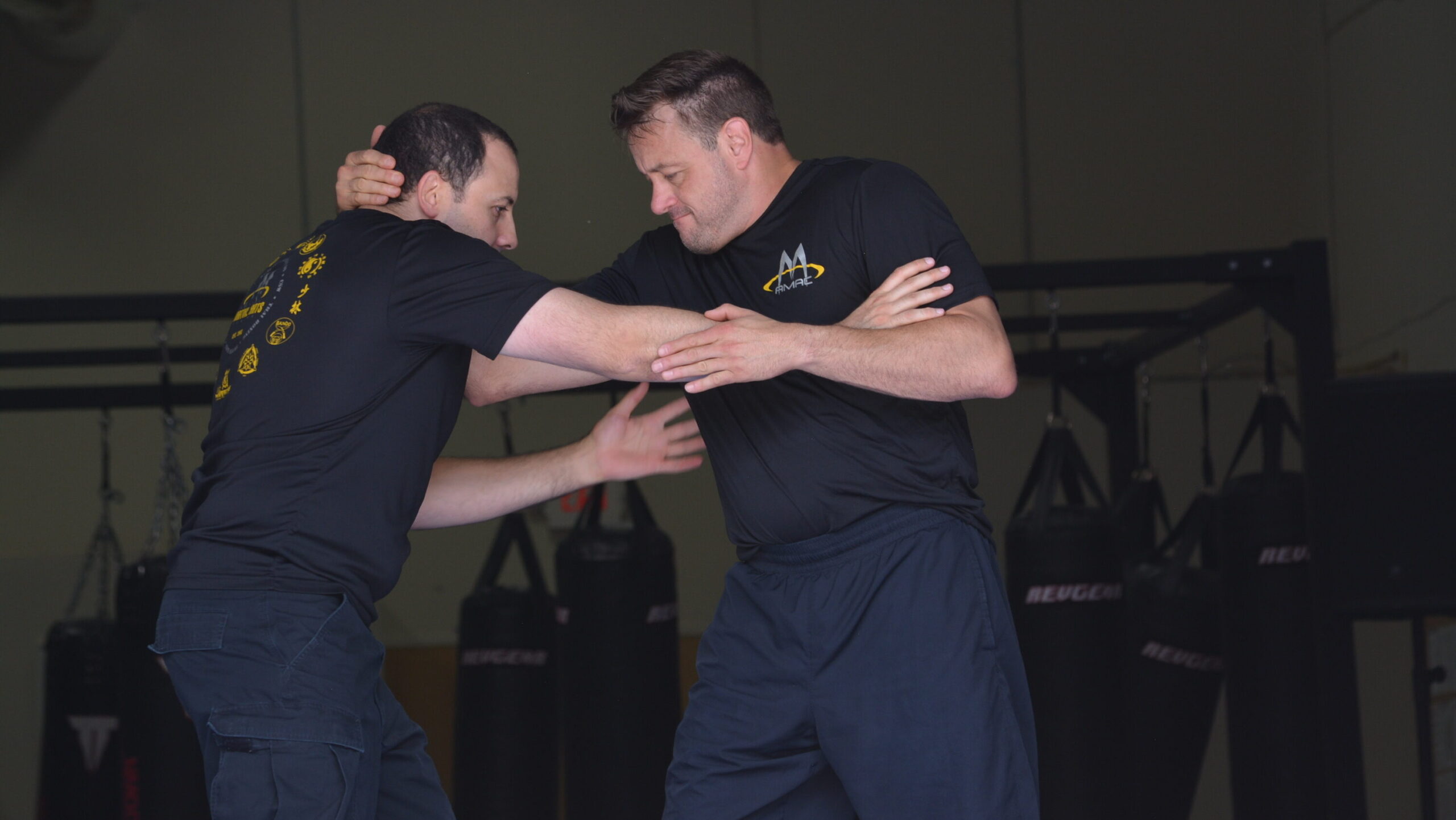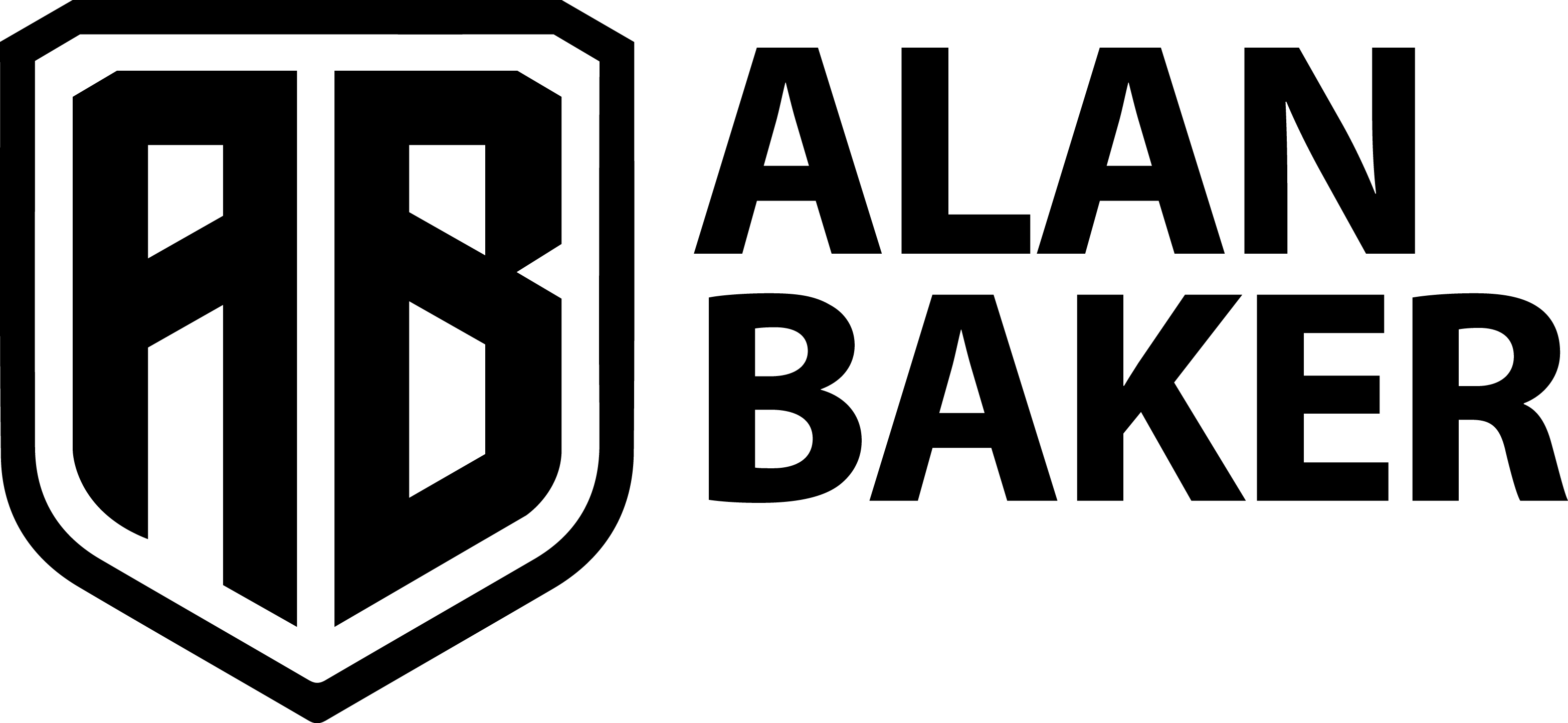“The breath is the bridge,” a timeless quote that resonates deeply with those seeking to embark on a journey of self-discovery and personal growth. As I reflect on the teachings of my mentor, I realize that the breath serves as the starting point for cultivating discipline, understanding, and unleashing our true potential. Our breath is intricately linked to the autonomic nervous system, which governs various bodily functions, including respiration, heart rate, and our fight-or-flight response. Through the practice of the Full Cycle Breath, we can gain control over this system, opening doors to improved performance, emotional control, and heightened self-awareness. In this article, we will explore the transformative power of the Full Cycle Breath and its practical applications in daily life.
The Full Cycle Breath: A Gateway to Emotional Release and Control: Imagine returning home after a long, stressful day at work, seeking solace in the familiar comfort of your couch. As you finally sink into its embrace, you instinctively release a deep exhale, feeling tension dissolve from your body. This conscious act of breathing holds the key to not only physical relaxation but also emotional release. Through the intelligent practice of the Full Cycle Breath, we can enhance our ability to release tension and emotional energy, enabling us to navigate challenging situations with grace and composure.
Recognizing Emotional Spikes and Cultivating Awareness: In our journey to becoming warriors of emotional control, we encounter numerous triggers that provoke emotional spikes. Whether it’s an aggressive driver on the road or a challenging partner during training, these situations provide us with an opportunity to develop emotional resilience. The crucial aspect lies in recognizing the onset of emotional spikes and addressing them before they spiral out of control. This heightened sense of awareness is closely tied to our state of mind and can be nurtured through the practice of the Full Cycle Breath.
The Technique of the Full Cycle Breath: One of the fundamental breaths that I introduce in our breath programs is the Full Cycle Breath. By focusing on filling the lower belly first, we avoid the common tendency to raise the chest prematurely. Visualize inhaling slowly through the nose, directing the breath to expand the abdomen, creating a sense of fullness and expansion. As the breath continues, the chest naturally rises, akin to filling a glass with water from the bottom to the top. Exhale gently through the mouth, allowing the chest to fall first, followed by the belly, while engaging the abdominal muscles to empty the lungs completely.
Training for Resilience: In the beginning, it is beneficial to practice the Full Cycle Breath in a controlled environment, where we can explore the full range of motion and capacity. However, real-life situations often impose stress and constraints that may limit our ability to achieve a complete breath cycle. Yet, with dedicated practice over time, we can expand our breath’s range even amidst challenges, enabling us to harness its power when it matters most.
Embracing the Full Cycle Breath as a Warrior’s Tool: As we delve deeper into the practice of the Full Cycle Breath, we realize its potential as a tool for personal transformation. The Full Cycle Breath serves as a foundation, empowering us to tap into our inner strength, embrace challenges with composure, and navigate life’s complexities with a heightened sense of self-awareness. By incorporating this breathwork into our daily routines, we cultivate discipline, enhance our focus, and develop resilience—essential attributes of the warrior’s path.
The Full Cycle Breath serves as the alphabet of breath training, laying the groundwork for a broader exploration of breathwork techniques. Once you have mastered the fundamentals of the Full Cycle Breath, you possess a versatile toolset that can be applied to various situations and goals. Building upon this foundation, you can progress to develop tailored breathing patterns to suit specific objectives. By understanding the mechanics and principles behind the Full Cycle Breath, you gain the knowledge and confidence to experiment with different breathwork techniques, such as paced breathing, box breathing, or alternate nostril breathing. This expansion of your breath training repertoire opens up new avenues for achieving diverse outcomes, whether it be cultivating focus and concentration, managing stress and anxiety, or promoting relaxation and rejuvenation.
In the quest to unlock our true potential, we discover that breath holds the key to unleashing our inner warrior. Through the practice of the Full Cycle Breath, we gain control over our autonomic nervous system, fostering emotional release, and honing our ability to navigate stressful situations.


Book Alan Baker for Inspiring Keynote Presentations
Alan Baker, an internationally recognized martial arts and self-defense expert, high-performance instructor, coach, author, and speaker, is available for speaking engagements and keynote presentations. With his expertise in personal development, the warrior mindset, and overcoming challenges, Alan delivers captivating and empowering talks that inspire audiences to unleash their inner strength and achieve personal and professional success.
Whether you’re organizing a conference, corporate event, or educational seminar, Alan’s dynamic speaking style and wealth of knowledge will impact your audience. From sharing practical strategies for personal growth to instilling the principles of resilience and determination, Alan’s presentations are tailored to motivate individuals to overcome obstacles and embrace their full potential.
To inquire about booking Alan Baker for your next event, please visit https://sifualanbaker.com/speaking/ or contact our team HERE. We look forward to collaborating with you.

